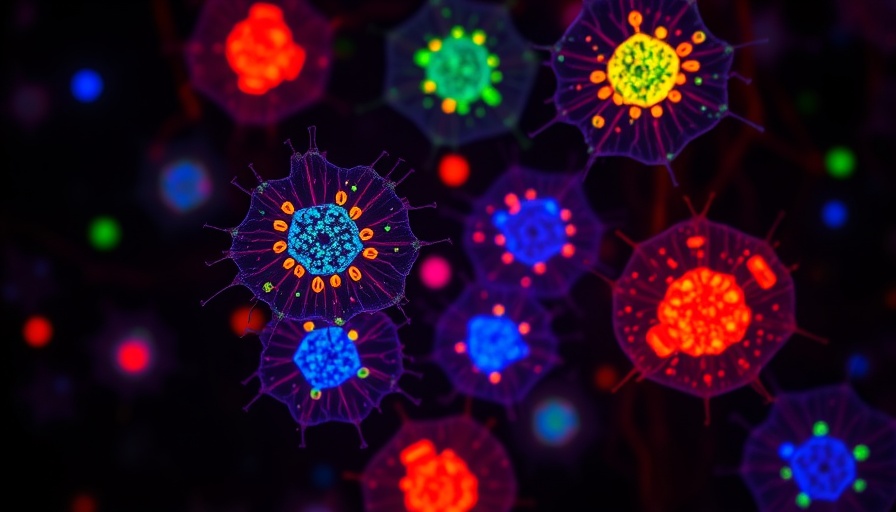
The Promise of Renal Regenerative Medicine
The recent breakthrough by Professor Kenji Osafune and his team at Kyoto University marks a pivotal moment in the field of regenerative medicine, specifically concerning treatments for acute kidney injury (AKI) and chronic kidney disease (CKD). Their study highlights a novel approach to grow induced pluripotent stem cell-derived nephron progenitor cells (hiPSC-NPCs), which has significant implications for renal therapies. The challenges surrounding effective treatments for kidney-related ailments have long left practitioners searching for viable solutions. With the growing prevalence of kidney conditions, the ability to harness regenerative medicine could drastically improve patient outcomes.
Innovative Cell Growth Techniques Using hiPSC-NPCs
Osafune's research focused on cultivating hiPSC-NPCs in a new manner: by forming clumps of cells in suspension rather than the conventional single layer method. This approach allows for the potential expansion of the cells in a controlled environment enriched with specific chemicals that promote kidney growth and development. Not only did these cell clumps maintain critical protein markers indicative of their progenitor nature, but they also demonstrated a continued capacity for expansion—a requirement for eventual clinical application.
Success in Mouse Models: A Path to Human Application
The efficacy of this new technique was validated through experiments involving mouse models with drug-induced AKI. The team observed marked improvements in kidney function and overall survival rates when hiPSC-NPCs were transplanted into these models. This success underlines the potential of the cells derived from iPS technology to play a significant role in nephrology and points toward a future where regenerative therapies can be routinely utilized in clinical settings.
Challenges and Future Directions: Scaling Up
While promising, the leap from mouse models to human patients introduces significant challenges. One of the primary concerns is scaling up the number of cells needed for human transplantation, given the size differences between species. Osafune’s findings suggest that maintaining optimal starting cell density is crucial, as the oxygen supply appears to be a limiting factor in cell clump growth. This opens up avenues for future research aimed at further refining cultivation methods to meet the large-scale demands of human therapies.
Broader Implications for Kidney Health
Understanding the mechanisms behind kidney cell regeneration could lead to profound changes in how healthcare providers approach kidney diseases. Conditions like CKD and AKI affect millions globally, and traditional treatment methods often come with limited success. Therefore, the intersection of cutting-edge research with regenerative cellular technologies could reshape therapeutic strategies, making them more effective and tailored to individual patient needs. Adding to this excitement, advancements might also spur more innovation in other areas of regenerative medicine, addressing a wider spectrum of bodily dysfunctions.
Patient Perspectives and the Role of Practitioners
As concierge health practitioners, staying informed about such advancements will enable you to offer the most current options to your patients. This breakthrough is not merely a scientific curiosity but rather a tangible promise that could reshape treatment pathways for those struggling with kidney ailments. By understanding emerging research and findings, you can better advocate for effective therapies and facilitate access to innovative treatment options that might improve health outcomes.
Continuing Education: What You Can Do
Healthcare professionals should actively seek out educational opportunities focusing on these advancements in cell-based therapies. By attending workshops, engaging with relevant literature, and participating in forums that discuss these topics, you can enhance your practice and provide more comprehensive, cutting-edge care to your patients. The potential applications of hiPSC-NPCs in renal therapy represent just the beginning of a larger trend towards employing stem cell technologies in a variety of medical fields.
The future of regenerative medicine is here, and by harnessing innovative approaches like hiPSC-NPCs, we stand on the brink of transformative breakthroughs in renal health. Stay engaged with these developments, and are prepared to navigate the beneficial outcomes they promise to bring.
 Add Row
Add Row  Add
Add 






Write A Comment